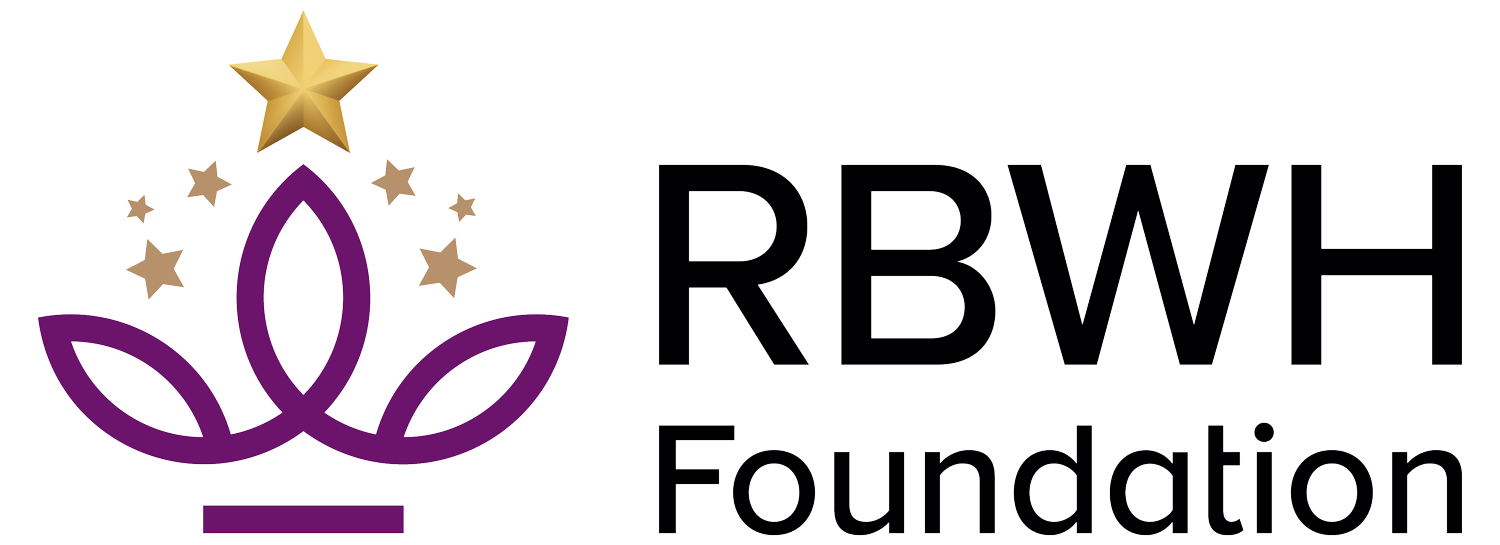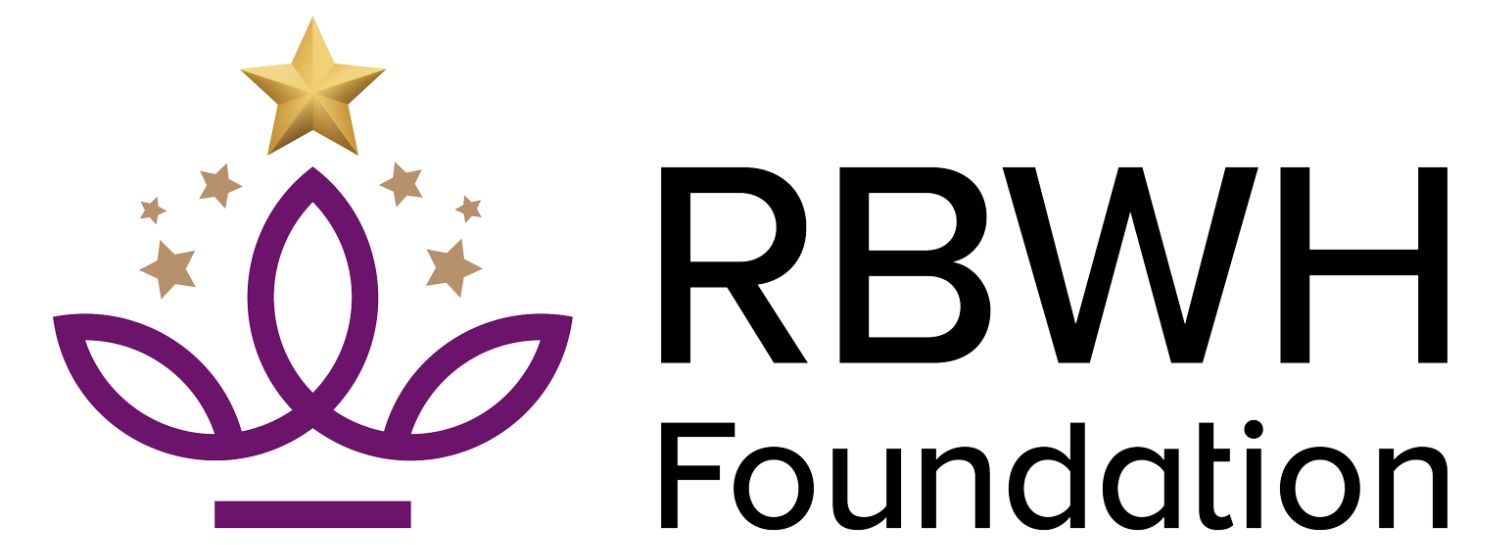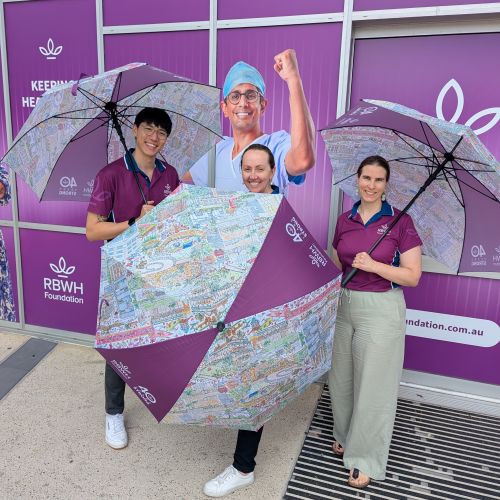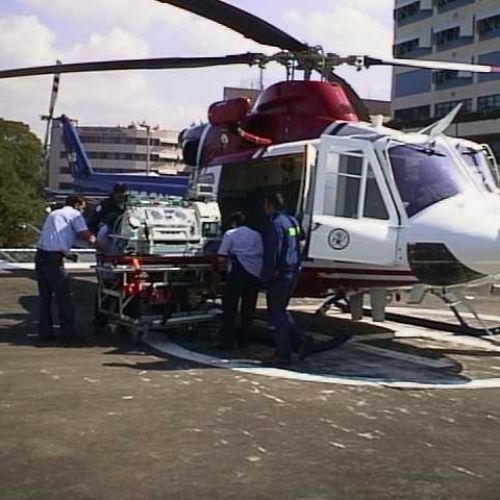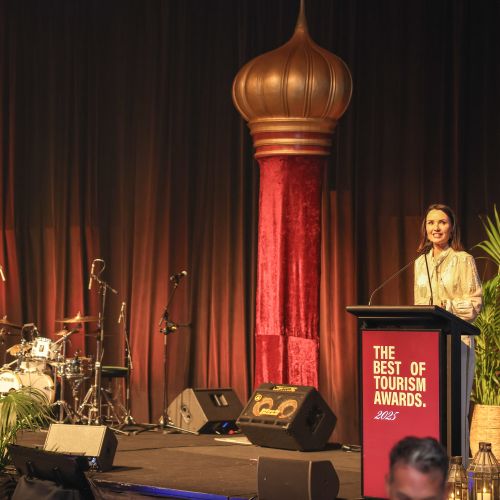Three generations of a Burpengary family, diagnosed with life-threatening brain aneurysms, are calling on the public to donate to life-saving medical research and patient care this RBWH Foundation Giving Day, Wednesday 14 June.
The Barnett family was urgently screened and diagnosed after daughter Annie, now 23, underwent emergency surgery and complex treatment at Royal Brisbane and Women’s Hospital (RBWH) for two ruptured aneurysms in 2021.
“Until all of this happened to our family, we really didn’t have much knowledge on how dangerous aneurysms are or even what they were,” said Carol Barnett
“It would be incredible if somewhere in the future there was some sort of routine scan or blood test that could indicate a person’s risk of developing aneurysms or an early indicator of possible problems.”

Annie’s father, Greg, 59, was found to have four unruptured aneurysms and went on to have open surgery and endovascular treatment. Carol, 57, had one aneurysm that was treated through a coiling procedure, and both parents recovered well. Grandmother Cheryl, 78, is being monitored.
“We would urge people to support the RBWH Foundation because ultimately it’s supporting all of us!” said Carol.
RBWH is a national leader in aneurysm research and with the support of RBWH Foundation funding has developed software to improve detection of aneurysms – ideal for use in regional and remote hospitals where neurosurgical expertise is lacking.
A second RBWH Foundation grant has enabled Dr Winter to actively collaborate with the Queensland University of Technology (Prof Zhiyong Li) and the University of Queensland (Dr Mark Allenby) to determine factors which increase the risk of rupture when an unruptured aneurysm is found.
Further research, however, requires significant funding.
The annual RBWH Foundation Giving Day aims to raise half a million dollars to advance patient care and life-saving research at Royal Brisbane and Women’s Hospital (RBWH), STARS (Surgical, Treatment and Rehabilitation Service) and other prestigious Herston research institutes.
Every donation received by 14 June will be doubled thanks to the generosity of the Foundation’s Matched Donors.
The double-edged sword for clinicians is to determine the risk of treatment versus the risk of rupture.
“If we decide that active treatment is in the patient’s best interest and they are agreeable, the standard treatment is either open surgery or endovascular management,” explained RBWH Senior Neurosurgeon and researcher, Dr Craig Winter (pictured above with the Barnett family).

“Both of these options have risks, eg. a stroke, disability and even death can occur - although very rare.
“The crux lies in that we may cause harm to the patient, when we cannot actually be sure that the aneurysm is definitely going to rupture in the future.”
It is hoped to extend current research on prediction through specialised MRI (magnetic resonance imaging) looking at the aneurysm wall and 3D printed aneurysms which would be lined with endothelial cells.
Endothelial cells serve as a protective barrier in blood vessel walls. Abnormalities are known to contribute to aneurysm progression and rupture.
Although Annie’s treatment was complex, she has recovered well and completed university studies. She is now working in communications for a large hotel group.
“Until this, we didn’t realise that most medical research is funded by grants and that the doctors that do this amazing work have to apply for them,” said Carol.
You can support life-saving research by donating here to the RBWH Foundation Giving Day.
